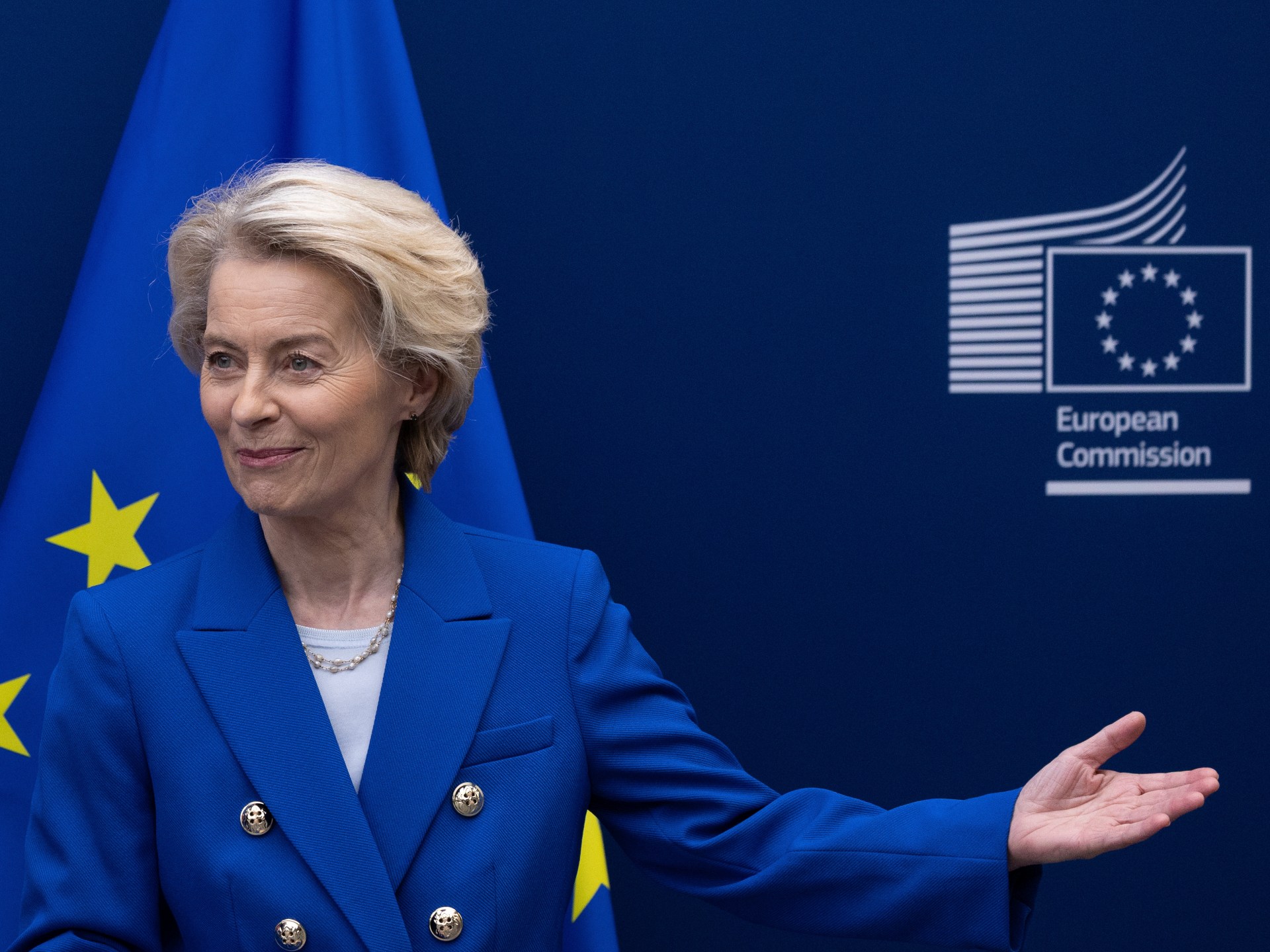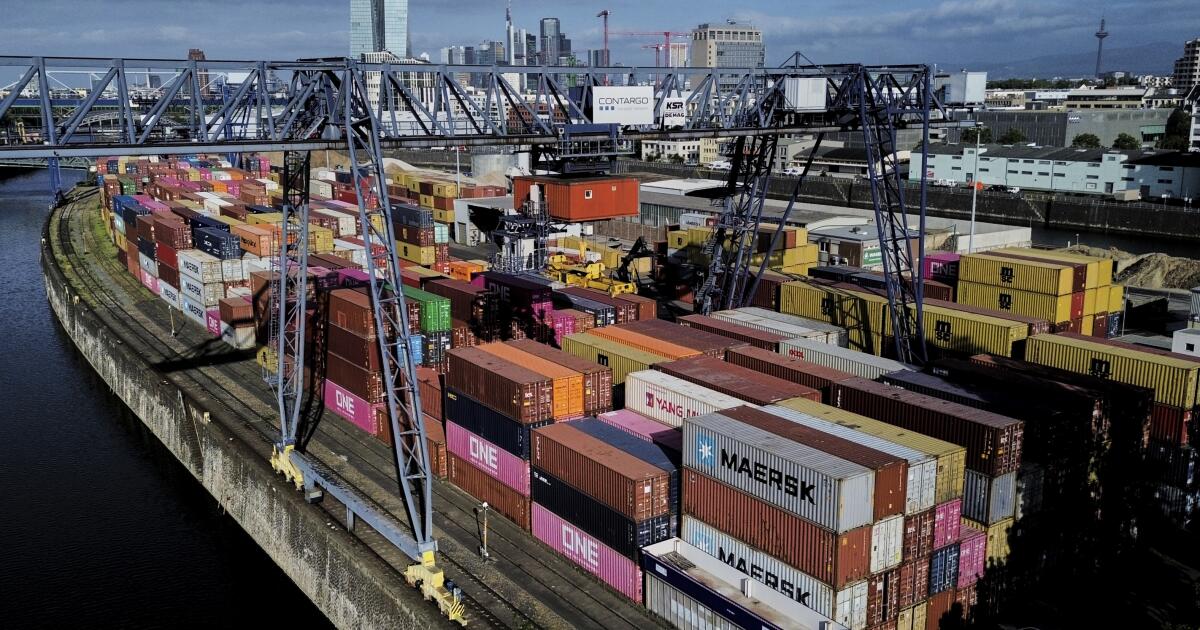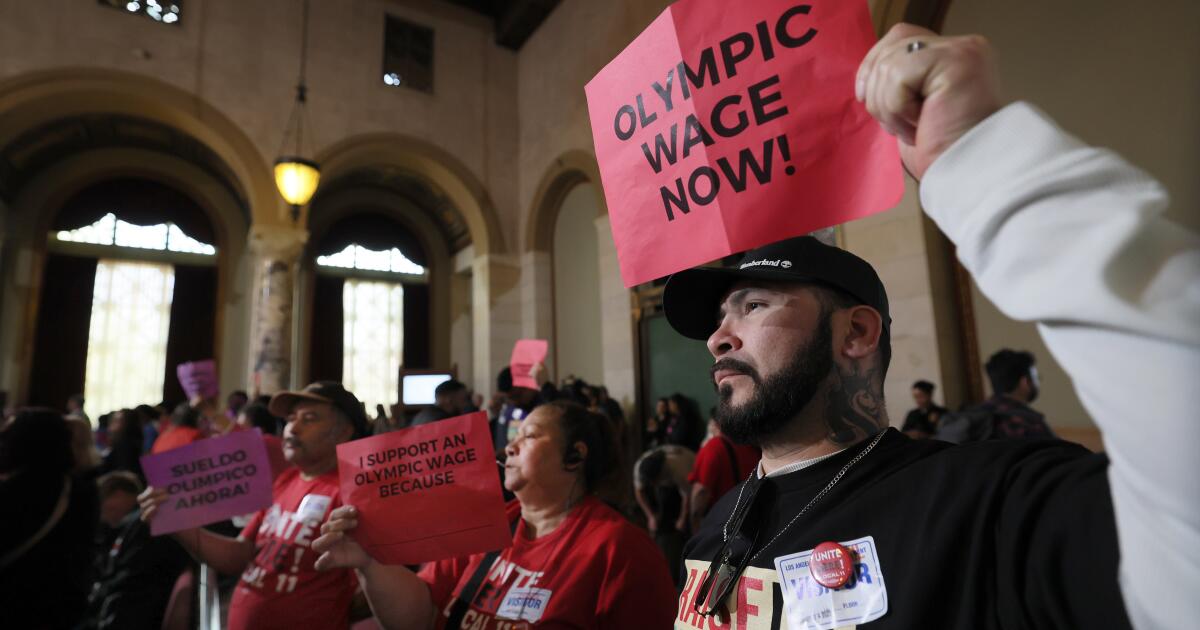European Union backs ICC after US sanctions on court judges | ICC News
EU affirms its unwavering support for the ICC, denouncing US sanctions as a threat to judicial independence and justice.
The European Union “deeply regrets” the United States sanctions placed on four judges at the International Criminal Court (ICC), European Commission chief Ursula von der Leyen has said.
US Secretary of State Marco Rubio on Thursday announced sanctions on four judges whom the US accuses of taking “illegitimate and baseless actions” against the US and its allies.
Responding to the announcement on Friday, von der Leyen said the Hague-based court had the “full support” of the EU.
“The ICC holds perpetrators of the world’s gravest crimes to account & gives victims a voice,” von der Leyen said on X on Friday. “It must be free to act without pressure.”
United Nations Human Rights Chief Volker Turk said he was “profoundly disturbed” by the US decision.
“Attacks against judges for performance of their judicial functions, at national or international levels, run directly counter to respect for the rule of law and the equal protection of the law – values for which the US has long stood,” Turk said.
“Such attacks are deeply corrosive of good governance and the due administration of justice,” he added, calling for the sanctions to be withdrawn.
Antonio Costa, president of the European Council, which represents national governments of the 27 EU member states, also called the court “a cornerstone of international justice” and said its independence and integrity must be protected.
The Commission fully supports the @IntlCrimCourt & its officials.
The ICC holds perpetrators of the world’s gravest crimes to account & gives victims a voice.
It must be free to act without pressure.
We will always stand for global justice & the respect of international law.
— Ursula von der Leyen (@vonderleyen) June 6, 2025
The US State Department said the sanctions were issued after the court made decisions to issue an arrest warrant for Israeli Prime Minister Benjamin Netanyahu and a separate decision in 2020 to open an investigation into alleged war crimes by US troops in Afghanistan.
The four sanctioned judges include Solomy Balungi Bossa of Uganda, Luz del Carmen Ibanez Carranza of Peru, Reine Alapini-Gansou of Benin and Beti Hohler of Slovenia.
EU member Slovenia said it “rejects pressure on judicial institutions” and urged the EU to use its blocking statute.
“Due to the inclusion of a citizen of an EU member state on the sanctions list, Slovenia will propose the immediate activation of the blocking act,” Slovenia’s Ministry of Foreign Affairs said in a post on X.
The mechanism lets the EU ban European companies from complying with US sanctions that Brussels deems unlawful. The power has been used in the past to prevent Washington from banning European trade with Cuba and Iran.
Slovenia regrets the announced sanctions by the US🇺🇸 government against 4 judges of the @IntlCrimCourt , including a judge from #Slovenia. SI🇸🇮 rejects pressure on judicial institutions and influence on judicial operations, and courts must act in the interests of law and justice.… pic.twitter.com/xhwBj8XeMz
— MFEA Slovenia (@MZEZ_RS) June 5, 2025
The US sanctions mean the judges are added to a list of specially designated sanctioned individuals. Any US assets they have will be blocked and they are put on an automated screening service used not only by US banks but by many banks worldwide, making it very difficult for sanctioned people to hold or open bank accounts or transfer money.
This is not the first time the US has issued restrictions against an ICC official since Trump returned to office for a second term on January 20.
Shortly after taking office, Trump issued a broad executive order threatening anyone who participates in ICC investigations with sanctions. Critics warned that such sweeping language could pervert the course of justice, for example, by dissuading witnesses from coming forward with evidence.
But Trump argued that the 2024 arrest warrants for Netanyahu and former Israeli Defense Minister Yoav Gallant necessitated such measures.
He also claimed that the US and Israel were “thriving democracies” that “strictly adhere to the laws of war” and that the ICC’s investigations threatened military members with “harassment, abuse and possible arrest”.


















